Ryegrass dormant or dead in North Carolina?
jta98z
9 years ago
Featured Answer
Sort by:Oldest
Comments (20)
jta98z
9 years agoRelated Discussions
Kentucky Bluegrass in Georgia at 11 months + pics
Comments (37)Auteck, I've been warned against afternoon "watering" as opposed to light "misting". Which one are you doing? I will try to get some updated pictures for you. heelsfan, I just came back from columbia, SC which is only 4 hours drive from here and what a difference in climate. It has rained here twice in the last 2 months yet yesterday in SC I got thunderstormed on 8 times in one day. It was like a rain forest. That is the kind of humid coastal plain weather that puts that tropical swamp grasses into high gear and we haven't had that here and we don't normally even get that kind of weather until August. If you're having or have had that kind of hot humid weather with temps in the mid 90's and above then that really isn't what I'm having to contend with. I did see some tall fescue that actually looked like it was in excellent shape though....See MoreLawn / Grass Advice for South Carolina - Zone 8a
Comments (8)Monica, you have to better describe the conditions of sun, shade, topography, drainage and intended usage of these lawn areas. Also, where you live and what planting zone applies to your area. There is a forum devoted specifically to lawns here. Check there first and begin your query to that forum with your location, zone and details I mentioned above. I have good and bad experience with all the turf grasses you mention. I will say that I am finding the least maintainance award goes to mature centipede, especially if you are a gardener with many veg. or flower beds. Bermuda and zoysia are thugs. Tall fescues are water hogs (but lush and soft year round). My present lawn is a conglomeration of Bermuda, fescue and centipede and the ever present soft green weedy growth that flowers so pretty in Spring. I don't water it, feed it or lime it so I can get 14-16 days between mowing. It's green, doesn't need poisons, foods or more than rainwater and it's what came with this old house. You have dormant rootlets of Bermuda now and I'd say look into when is the best time of year in your zone for plugging with centipede grass. They mix well and look the same in the cold months (tan) and you won't need much more than that. Once you have Bermuda, you have it forever (and so do all the neighbors whether they wanted it or not) . Once you have zoysia, plan on deeeeep edging of the metal type. That stuff is like miniature running bamboo in its strength to invade through asphalt driveways. I've seen it run under concrete sections and come up in the seams. In winter, their stiff dead blades track everywhere. So , check with the turf grass, lawns forum here....See MoreThundercloud Plum Tree Dead?
Comments (13)unless you just have a jones to use your saw ... then i would suggest waiting until spring to see if and how it buds out ... full sun plant.. the shape of yours.. sure makes it look like it trying to grow out of too much shade ... which might mean tree root competition ... you cant really compare 2 trees in your yard .. its not safe.. to presume they should act the same ... too many possible variables ... imo ... they are short lived in tree time.. 10 to 20 years max.. is the usual ... ken...See MoreSpring fertilization of cool season grass in transition zone
Comments (77)The mycorrhizae enable the plant to more efficiently use what's available. It's like root extensions: the plant can get it from more places than just what happens to be right by the root. Sure. The question is, what is the real life effect of that? The plant lasts 10% longer? 20%? You get 5 days instead of 4? And what does that amount to? It needs to be quantified. You save 2-3 waterings across the span of the entire summer, maybe? It doesn't pass muster to me as far as cost (no fungicide, risk of turf loss) vs benefit (skipping a couple of waterings)....See Moreforsheems
9 years agojta98z
9 years agoforsheems
9 years agojta98z
9 years agoklawn75
9 years agolast modified: 9 years agodchall_san_antonio
9 years agojta98z
9 years agojta98z
9 years agoforsheems
9 years agojta98z
9 years agoforsheems
9 years agojta98z
9 years agoUser
9 years agoforsheems
9 years agodchall_san_antonio
9 years agojta98z
9 years agodchall_san_antonio
9 years ago
Related Stories
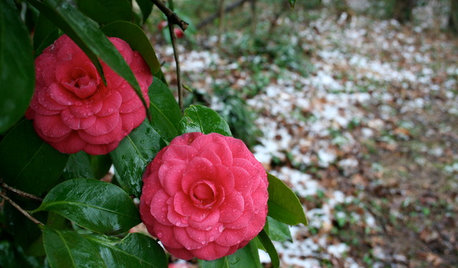
GARDENING GUIDESSoutheast Gardener's November Checklist
You're probably on top of planting bulbs, but don't forget to keep an eye on frost and drain your mower's gas tank
Full Story
GARDENING GUIDESDo You Have This Invasive Plant in Your Yard?
Garlic mustard is spreading across the U.S. Here’s how to spot it and what to do
Full Story
GARDENING GUIDESWhat Kind of Roses Should You Grow?
Want to add the beauty of roses to your garden? Find out which ones, from old-fashioned to modern, are right for you
Full Story
NATIVE PLANTS5 Ways to Keep Your Native Plant Garden Looking Good All Year
It’s all about planning ahead, using sustainable practices and accepting plants as living organisms
Full Story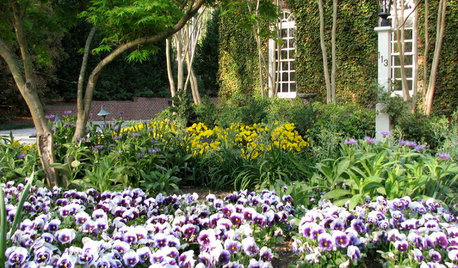
GARDENING GUIDESSoutheast Gardener's October Checklist
When you're not toting houseplants back inside or planting cool-season crops, you can start preparing garden beds for next year
Full Story
GARDENING GUIDES10 Drought-Tolerant Shrubs That Thrive in Full Sun and Reflected Heat
Got a hot spot in your garden where plants often die? Try these tough shrubs that add beauty while shrugging off the heat
Full Story
MOST POPULARWhat to Do After a Hurricane or Flood
How you treat your home after a natural disaster can make all the difference in its future livability — and your own personal safety
Full Story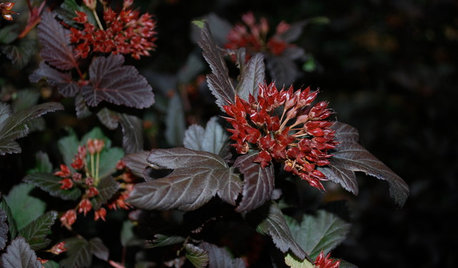
LANDSCAPE DESIGNGreat Design Plant: Sun-Loving Ninebark Puts on a Color Show
This tall, dark and handsome native shrub is equally at home in jeans and boots or in a suit and tie
Full Story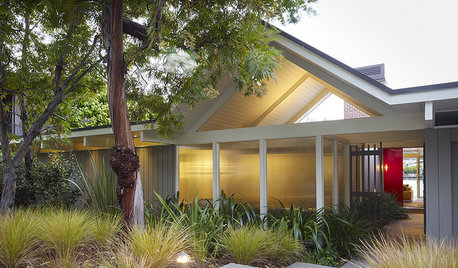
ARCHITECTURERoots of Style: Midcentury Styles Respond to Modern Life
See how postwar lifestyles spawned a range of styles, including minimalist traditional, ranch, split level and modern shed. What's next?
Full Story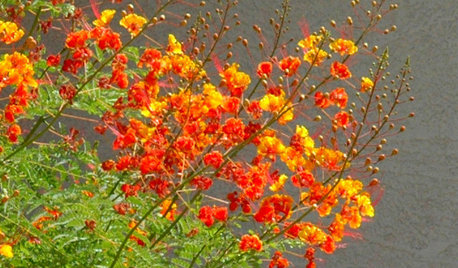
GARDENING FOR BUTTERFLIESGreat Design Plant: Red Bird-of-Paradise Soars With Color
Fiery bursts of red-orange flowers bring hot summer gardens to life, while this shrub's drought tolerance keeps the living easy
Full Story




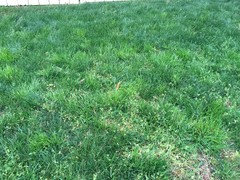

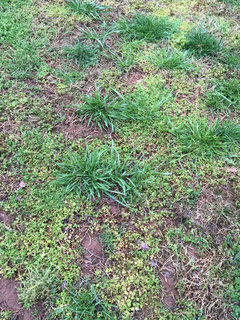


dchall_san_antonio